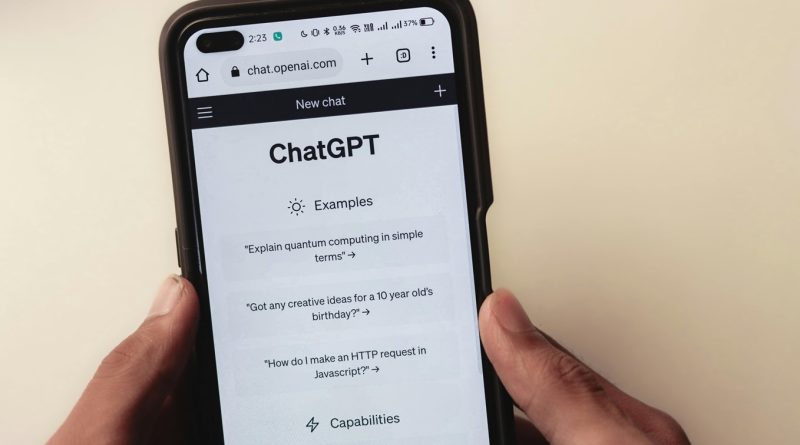What Is AI Prompt Engineering?
You’ve seen the demos: “Write me a short story…”, “Draft a business proposal…”, “Explain quantum physics in plain English.” And usually, the AI delivers something serviceable. But every once in a while you get a response that changes the game—rich detail, spot-on tone, crystal-clear structure.
What’s the difference? It’s not magic. It’s prompt engineering.
1. The Prompt-Engineering Mindset
At its core, prompt engineering treats AI models like collaboration partners, not oracle machines. You learn the model’s tendencies, then craft instructions that steer it toward your specific goal. Think of it as writing a recipe: the more precise your ingredients and steps, the more consistent the cake.
2. Key Elements of a High-Impact Prompt
- Role & Context:
Assign the AI an identity—“You are a grant-writing expert,” or “You’re a UX researcher.” This sets knowledge scope and tone. - Clear Task Definition:
Spell out exactly what you want: “Generate a 300-word LinkedIn post about remote work challenges.” - Tone & Style Guidelines:
Should it be formal, witty, or inspirational? “Use a conversational tone with two emojis.” - Constraints & Structure:
Specify length, format, and sections: “Include an introduction, three bullet points, and a concluding call-to-action.” - Examples & Templates:
Show a sample output or outline: “For example: ‘Introduction: Hook…’”
3. Why It’s Critical in 2025
As AI floods every workflow—marketing, design, coding, research—the bottleneck shifts from model capability to user skill. A poorly framed prompt leads to generic fluff; a well-engineered one saves you hours, reduces revisions, and often uncovers insights you hadn’t considered.
4. Common Techniques to Level Up
- Chain-of-Thought Prompting:
Ask the AI to break its reasoning into steps: “List three reasons X happens, explaining each in two sentences.” - Few-Shot Examples:
Provide 2–3 sample Q&A pairs so the model mirrors your desired format. - Progressive Refinement:
Start broad, then zoom in: “First, outline the blog post structure. Next, write each section.” - Temperature & Sampling Controls:
When available, tweak parameters to balance creativity (higher) vs. precision (lower).
5. Pitfalls to Avoid
- Vague Prompts: “Help me with marketing.” → Useless.
- No Audience Definition: “Explain AI.” → To whom?
- Missing Constraints: “Write a report.” → Could be any length or style.
Always iterate: test, review, and adjust until the output matches your needs.
🧠 Final Take
Prompt engineering isn’t a fad—it’s the bridge between raw AI power and practical, reliable outputs. Whether you’re drafting emails, prototyping code, or scripting video voice-overs, your success hinges on how you ask.
Master the question, and you’ll master the answer.




